Intelligent Personal Lightweight Electric Vehicle (iPLEV)

The initiation to design a personal vehicle is based on the observation of energy usage efficiency and weight carrying ratio (the weight of vehicle / how much weight can it carry) on current main stream four seat sedan and SUV. The idea to design a personal vehicle is to increase the energy usage efficiency for our daily transportation so that a smaller carrying ratio can be reached. In additional, intelligence features such as obstacle detection radar and adaptive driving mode are also equipped on the vehicle for their first trial.
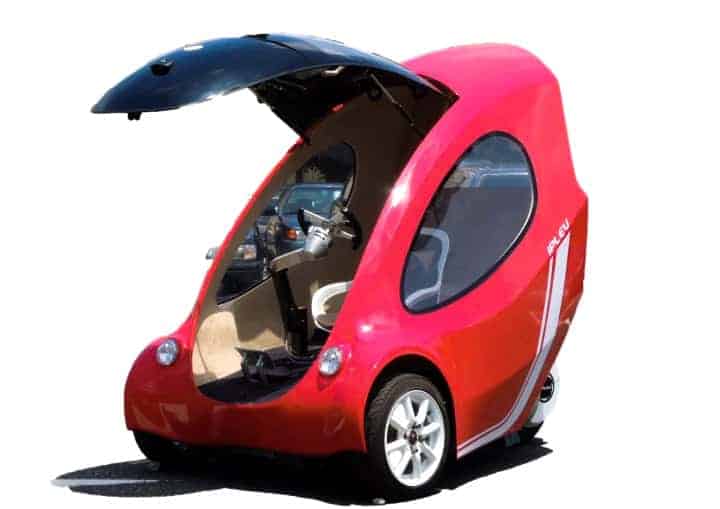
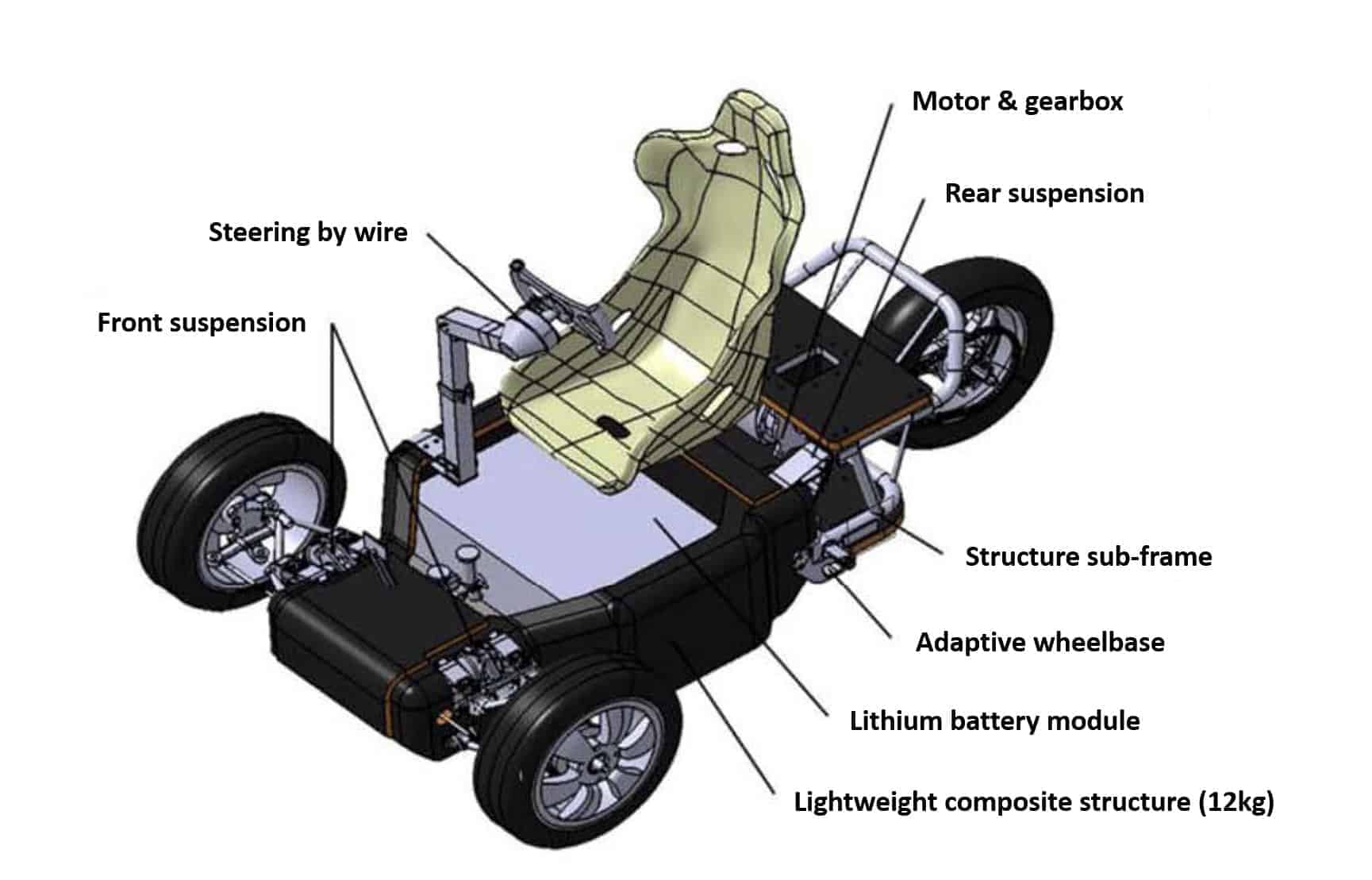
If you look in this way, sedan and SUV generally range from 3000 to 5000 pounds which infers the transportation vehicle has to be as least 16 to 27 times of your weight (ex. 180 pounds) to carry you from A to B. In the other way, a city bus which ranges from 20,000 to 33,000 pounds carrying 30 to 45 people whose carrying ratio will drop down to 3.7 to 4 and make the transportation very efficient.
The concept here is to design a small vehicle to reach the weight carrying ratio as smaller as large transportation vehicles do. Here's the ballpark, the larger transportation vehicle and the better transportation efficiency and the smaller weight carrying ratio. For example, bulk carrier is more efficient than train, and train is more efficient than bus, and bus is more efficient than sedan. However, there's a inflection point somewhere for a personal lightweight vehicle.
It's a number driven engineering project to guide as for the style selection and setting up the specifications.

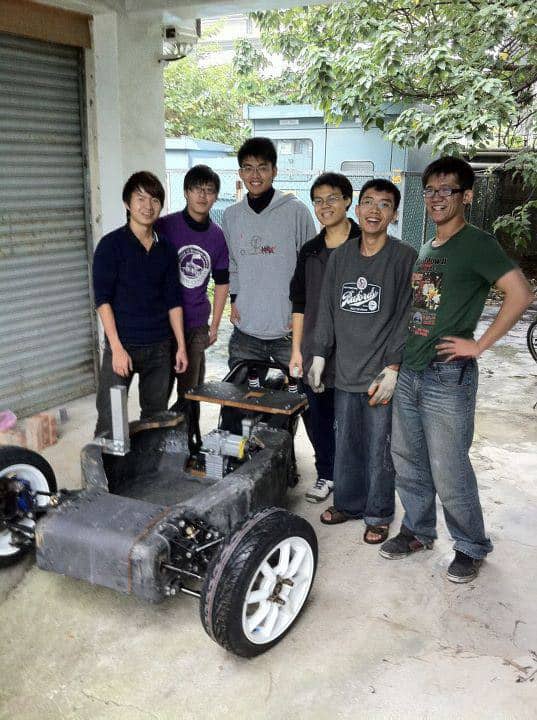
CATIA and PowerPoint are the only two software we used. They're not really artwork tools but good for engineering and presentation. We followed the V-cycle model to manage our project systematically and inspected the progress at every stage from component level to system level. At sub-system level we used spiral cycle to check system functions more often instead of waiting for the entire V to go through the inspection.

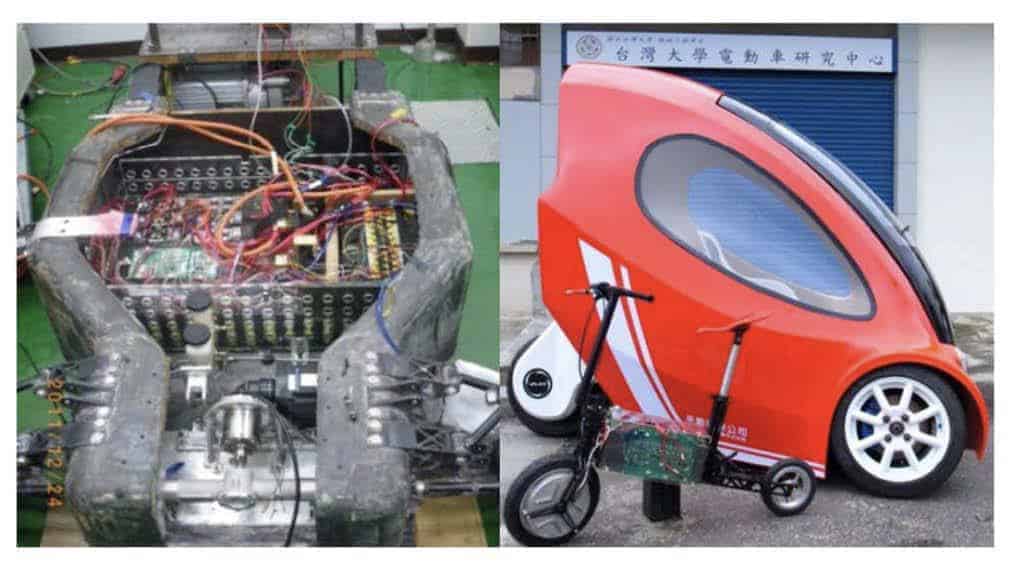
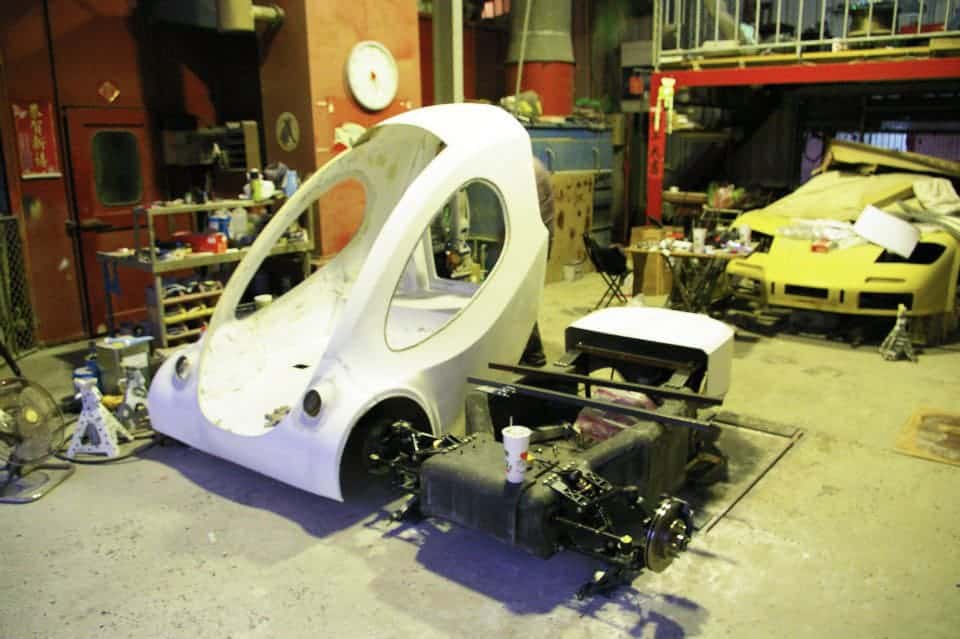

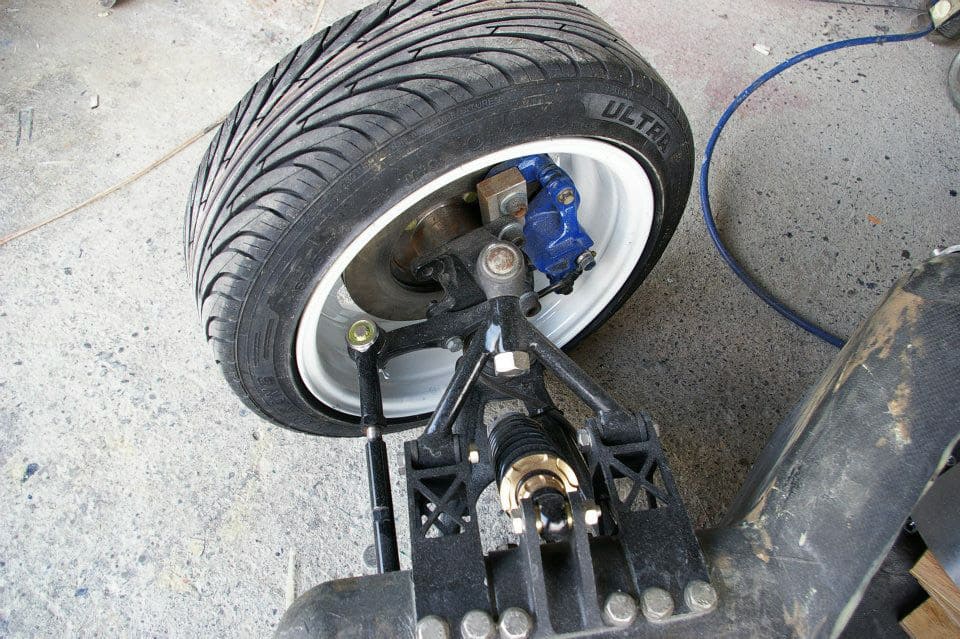
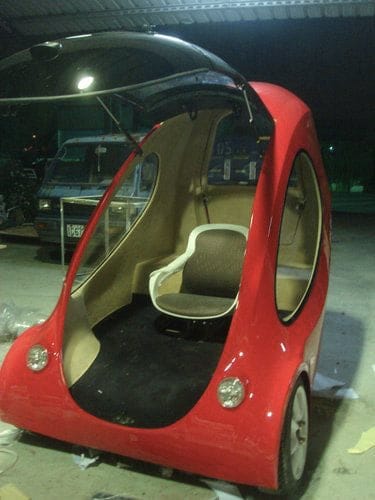
Any feedback is good to have and every demonstration is good for students to practice their presentation skills. As an educational institute, it's also important for us to feedback our accomplishments to the society as long as we obtained so much resources from. Showing people the vision and blueprint can always get direct feedback and challenging which would enlighten us at some aspects we haven't thought before.
All rights reserved to Formosun Advanced Power Research Center (FAPRC) and all the participated members.
How much it cost